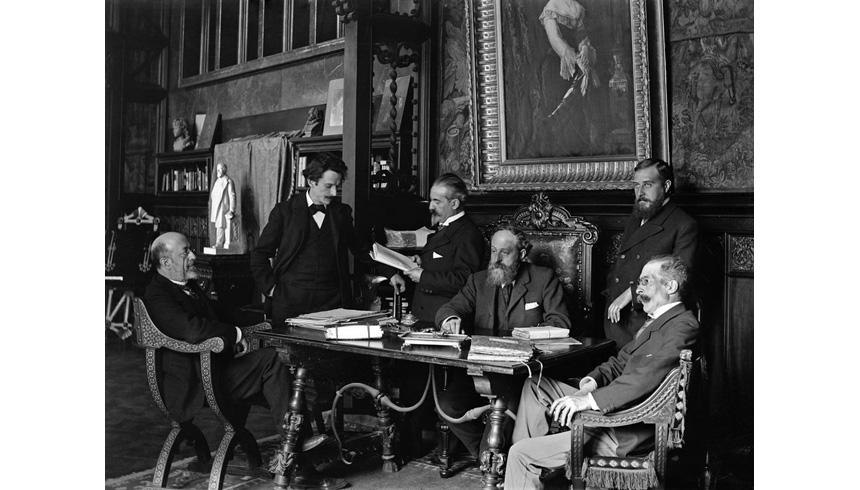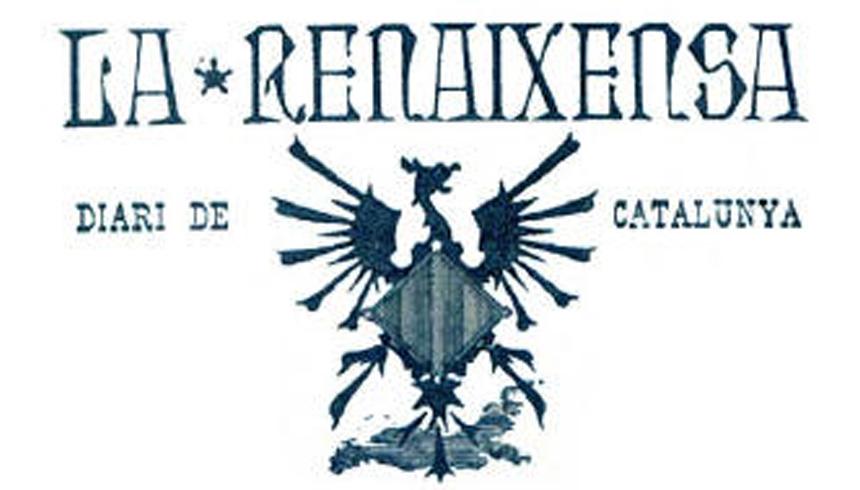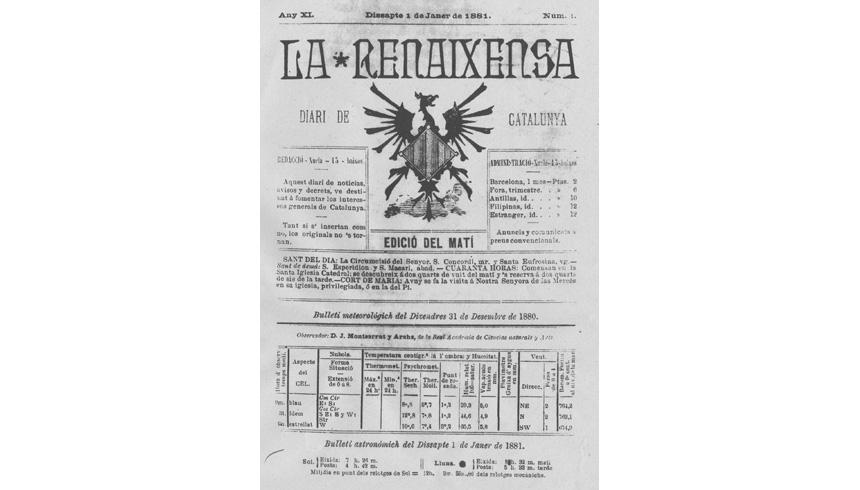The Renaixença and the origins of Catalan nationalism
In the late 19th century there arose in Catalonia a linguistic and cultural revivalist movement known as the Renaixença.
This movement, influenced by European romantic movements, was based on the defence of the Catalan language and culture and was organised around the Jocs Florals, a literary competition, the committee of which Eusebi Güell presided over for the 1900 edition. At the same time, the existence of an industrial economic framework in Catalonia (when Spain was mostly agricultural) led to the formation of political movements and nationalism.
For the first time, Catalan nationalism had a defined political project. In 1880 the First Catalan Nationalist Conference was held and two years later Centre Català, a catalanist party, was founded. In 1885, a list of grievances, the Memorial de greuges was submitted to King Alphonse XII and brought the industrial middle class over to Catalan nationalism. Eusebi Güell, who was also sponsor of the periodical La Renaixensa, financed the Catalan delegation that handed over the list and also attended the debates of the assembly on the Bases de Manresa (1892), a framework document in which Catalan nationalism took form. Eusebi Güell was also president of Centre Català until he and some other members broke away to form the Lliga Regionalista (Regionalist League).


